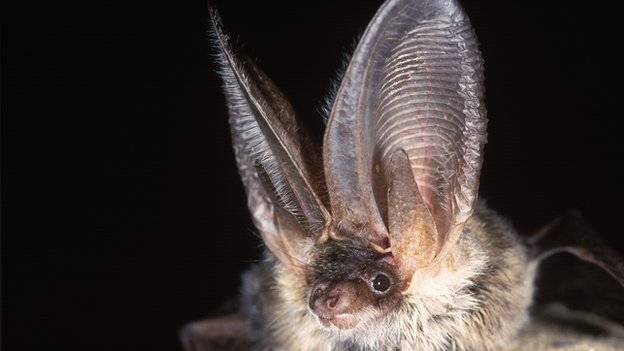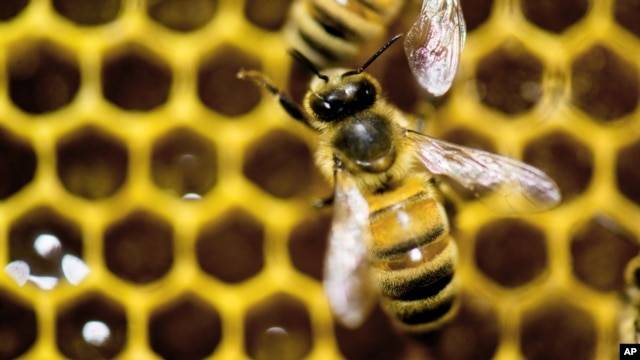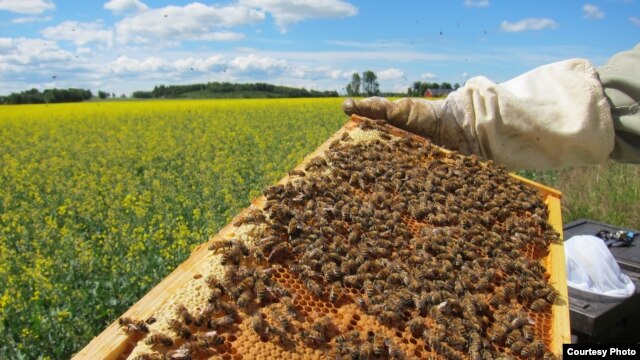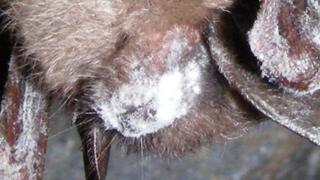Bat killing WNS fungus confirmed in Arkansas
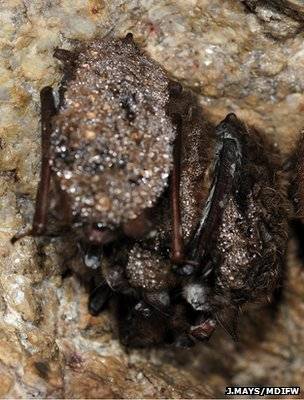
By Mark Kinver Environment reporter, BBC News
A lot will say, Ugh But these little critter play a vital role in nature, just as important as bees.

By Mark Kinver Environment reporter, BBC News
WNS).Cluster of little brown bats infected with WNS (Image: Jonathan Mays, Wildlife Biologist, Maine Department of Inland Fisheries and Wildlife) Scientists are unsure how long it takes for the fungus to manifest itself as WNS in bat populations
A fungus that leads to a deadly disease that has killed almost seven million bats in the US is continuing its spread westwards, results have shown.
Officials said the disease had been confirmed in Arkansas after samples tested positive for the fungus known to cause white-nose syndrome (
A lot will say, Ugh But these little critter play a vital role in nature, just as important as bees.




